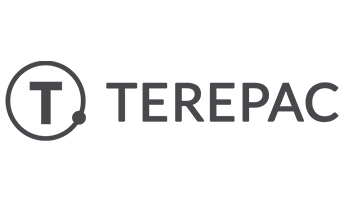
Terepac Corporation
Current methods for manufacturing electronics create products that are thick, heavy, rigid, and expensive, with a heavy environmental footprint. Terepac was founded in 2004 to commercialize breakthrough innovations which overcome these limitations through an entirely new paradigm for assembly, integration and packaging of electronic products. The company’s revolutionary technologies enable sophisticated microelectronics to be printed on flexible substrates at a fraction of the size and cost of creating conventional circuits. Entire devices with microprocessors, memory, and sensors can be reduced to less than a millimeter square, thinner than paper, and flexible enough to bend around a pencil – with no sacrifice in performance. As a result, these tiny electronics can be used in ways previously not thought physically or economically feasible. They also allow existing devices, components and products to be transformed into small, flexible forms which were previously impractical or even